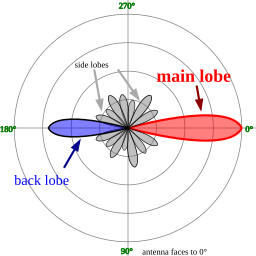Please join me in congratulating the WCOM 206 Excellence in Communication Award winner for Winter/Summer 2022, Gabriel Lacroix, and Fall 2022, Sophie Allard. Their papers were chosen as the best among their peers across all sections of the Communication in Engineering course. Well done!
The full text of their papers have been added to the McGill Library repository, eScholarship.
Costs and Effectiveness of Roof Based Urban Heat Island Mitigation Strategies
by Gabriel Lacroix
The temperature of cities during summer keeps increasing due to climate change and the urban heat island phenomenon. These temperatures lead to increased mortality rates, discomfort, energy consumption, greenhouse gas emissions and contribute to deteriorating air quality. To alleviate the effects of this phenomenon, many effective mitigation strategies have been developed. In the highly urbanized areas where the urban heat island is the most problematic, roof area is abundant, making mitigation strategies like green roofs and cool roofs attractive. This paper compares the effectiveness of green and cool roofs at mitigating the urban heat island effect by evaluating the temperature reductions they provide, the lifecycle costs associated with them, and the added benefits from implementing them. This comparison found that green and cool roofs provide similar temperature reductions with cool roofs being more cost-effective and green roofs providing valuable added benefits.
Comparative Analysis of Carbon Capture Systems for Fossil Fuel-Fired Power Plants
by Sophie Allard
Power generation through the combustion of fossil fuels produces most of the world’s electricity; however, this results in considerable carbon dioxide emissions and harmful environmental effects. As global energy demands continue to rise, researchers have begun investigating strategies to mitigate emissions by fossil fuel-fired power plants and carbon capture and storage has emerged as a feasible and effective method of doing so. This paper provides a comparative analysis of three methods of carbon capture: post-combustion, pre-combustion and oxy-combustion capture. Post-combustion capture refers to the process of separating carbon dioxide from the flue gas produced by combustion through absorption in a solvent. Pre-combustion capture involves removing the CO2 from the fuel prior to combustion through a series of isolated reactions, leaving pure hydrogen to be burned for power generation. Oxy-combustion capture involves the combustion of fossil fuels in an environment of pure oxygen, such that the flue gas produced can easily be condensed to isolate the CO2. While these three systems are effective emission reduction strategies, pre-combustion capture is associated with the highest efficiency. However, given the high cost of implementing and running pre-combustion and oxy-combustion capture systems in coal or natural gas-fired power plants, post-combustion capture was determined to be the best solution, based on practicability, efficiency and economic feasibility. Through the employment of carbon capture, the emissions from fossil fuel-fired power plants could be significantly reduced in order to mitigate the alarming effects of climate change.


